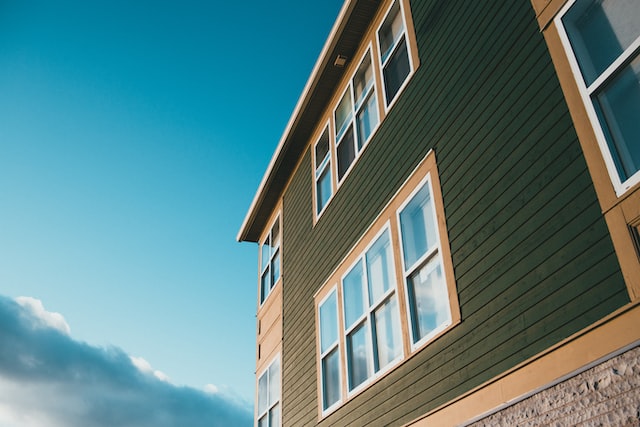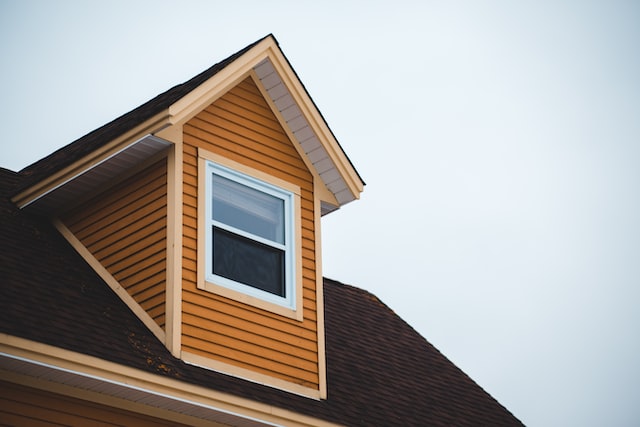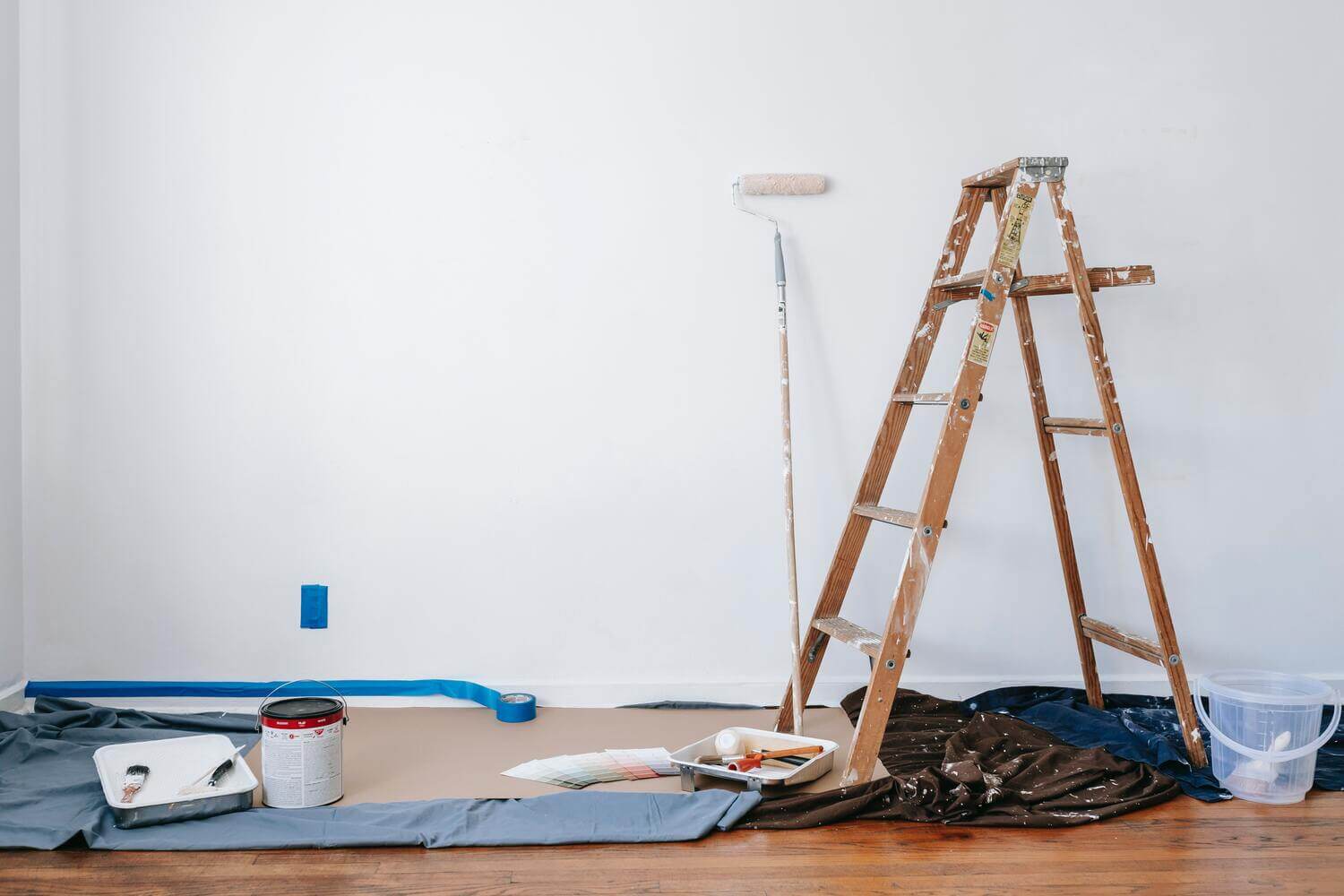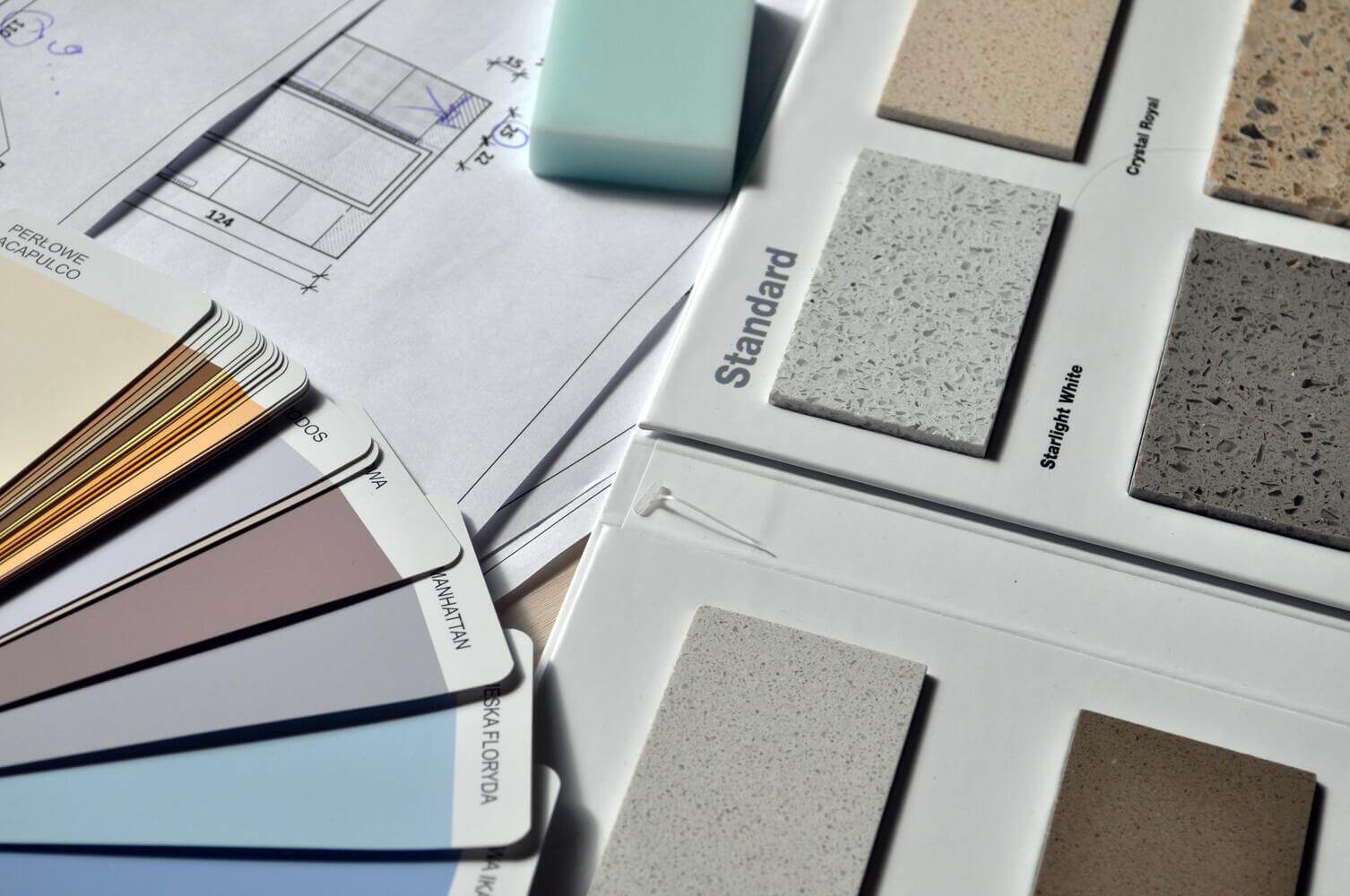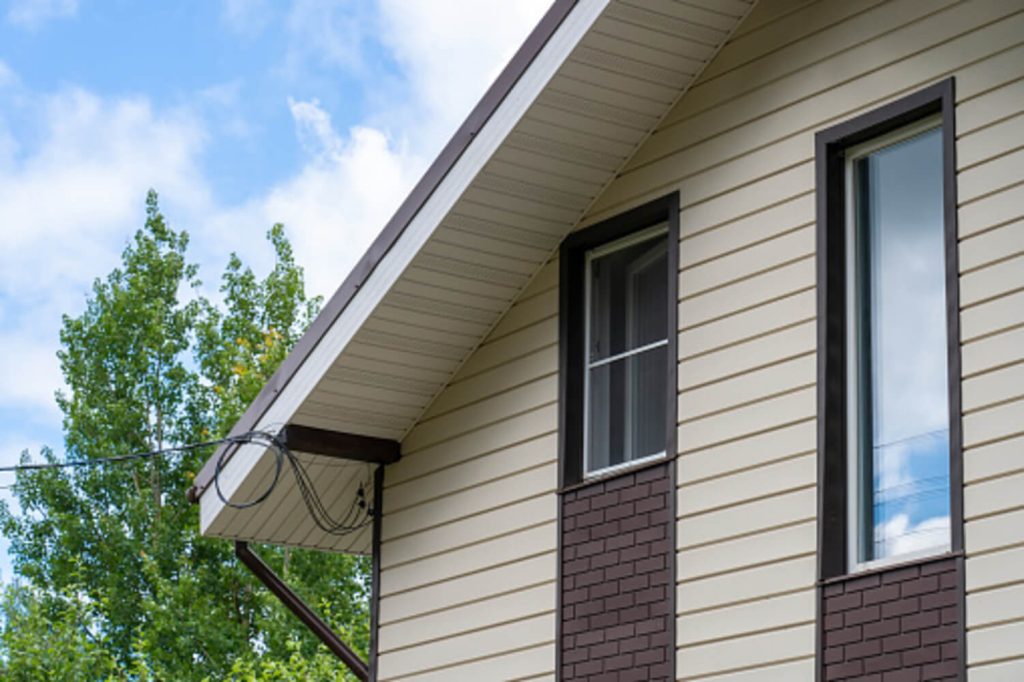Home Remodeling Tips Most People Don’t Tell You About
A Victorian home may have its allure but is it as functional as when it was built centuries ago? People remodel their houses for several reasons. Remodeling updates the look of their homes and increases their value. It also allows you to customize the look of your home to suit your preferences. Other reasons are to make your home energy-efficient and more functional.
For some reason, though, people find home remodeling harder than building a new home. However, these time-tested tips that nobody told you will make home remodeling a breeze for you.
Get the Necessary Permits Before Starting
Some remodeling and renovation jobs need a permit, especially if it entails structural change like removing a wall, adding a room that alters the house’s floor plan (footprint) or adding new electrical circuits. Check out your city’s zoning ordinances and remodeling permits before engaging in the planning process. Failure to get a remodeling permit also negates insurance claims if there is a fire.
Hire a Professional to Make the Remodeling Plan
A floor plan for the remodeling project you’re undertaking is necessary for getting the building permit. 3D renderings of your project help visualize your vision. However, be sure to communicate what you want to the architect or engineer, but don’t be stubborn if they suggest something. These absurd houses will stop any stubborn ideas you have in mind when remodeling your home. Aside from the design, you also get a rough estimate of the material and labor cost for the construction project.
Remodeling Costs More Than You Expect
Remodeling is not a walk in the park. It will cost you a lot of money, especially with the current inflation trend. Set a generous budget and top it with a 20% overrun. Do not buy substandard and cheap building materials, even if you want to save. Also, keep track of every dollar you spend for labor and material costs to see if you’re still within your budget and avoid unnecessary materials purchases.
Prioritize the Need
Consider the budget if you’re remodeling a house and answer this question: Is it worth taking out a loan for a full-house remodel or going for a one-room-at-a-time remodel? Doing a one-time remodel is cost-efficient because you only hire your crew and go through deep cleaning once. However, if you find evidence of mold and mildew on your walls, prioritize finding the source of dampness on your walls. One source is excessive humidity, but damaged gutters may also be the culprit.
Safety is a Must
Never neglect safety protocols when remodeling a house, especially if foot traffic is frequent in the vicinity. Ask your contractor to use tools that generate minimal dust and heat. Power tools are better than manual tools. However, they produce large amounts of dust and heat, releasing PCB gas. Therefore, be mindful of the right tools to use. Safety precautions are necessary, so see to it that the contractor complies.
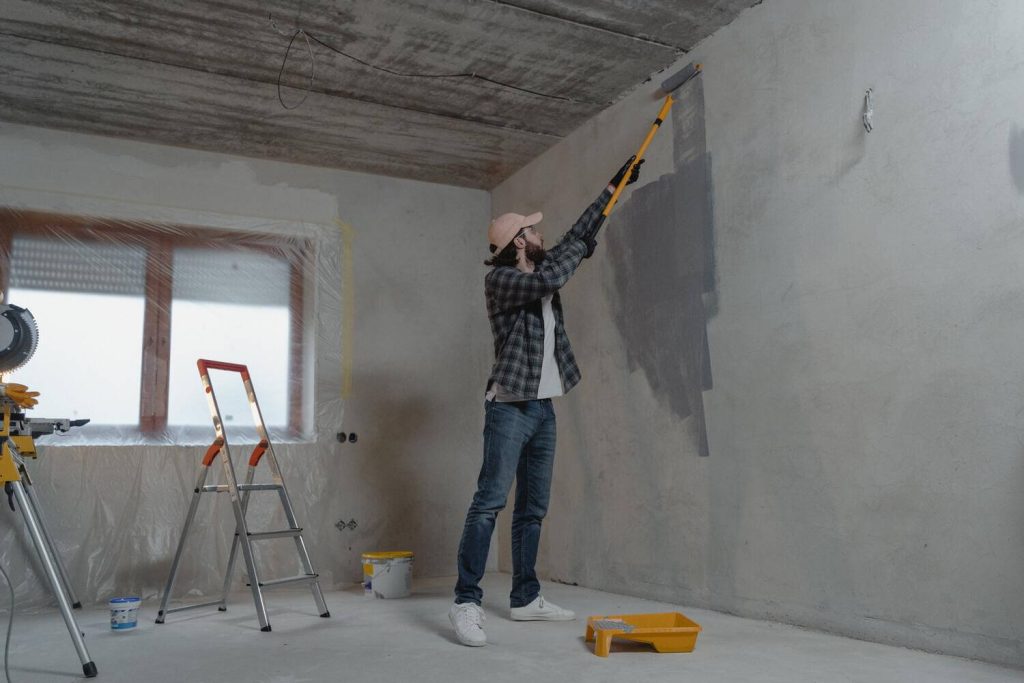
Assign Temporary Spaces
It’s a nightmare to remodel your kitchen, only to realize that you’ve gutted out everything, leaving you with nothing to use for cooking and eating. When you decide to remodel a room, assign a temporary room to take up its function. A tent is good enough for setting up an outdoor dining area, away from the dust and debris. If remodeling the bedroom, find someone to bunk with or reserve a transient stay at a local hotel.
Contracting the Job is Better Than a DIY
You can do some weekend home renovations and remodeling, such as refacing your cabinet, installing your new flooring, trim, drywall, or shelves. However, some remodeling projects need a professional contractor. The rule of thumb is that when you need a building permit for a particular project, then that’s a job for a professional.
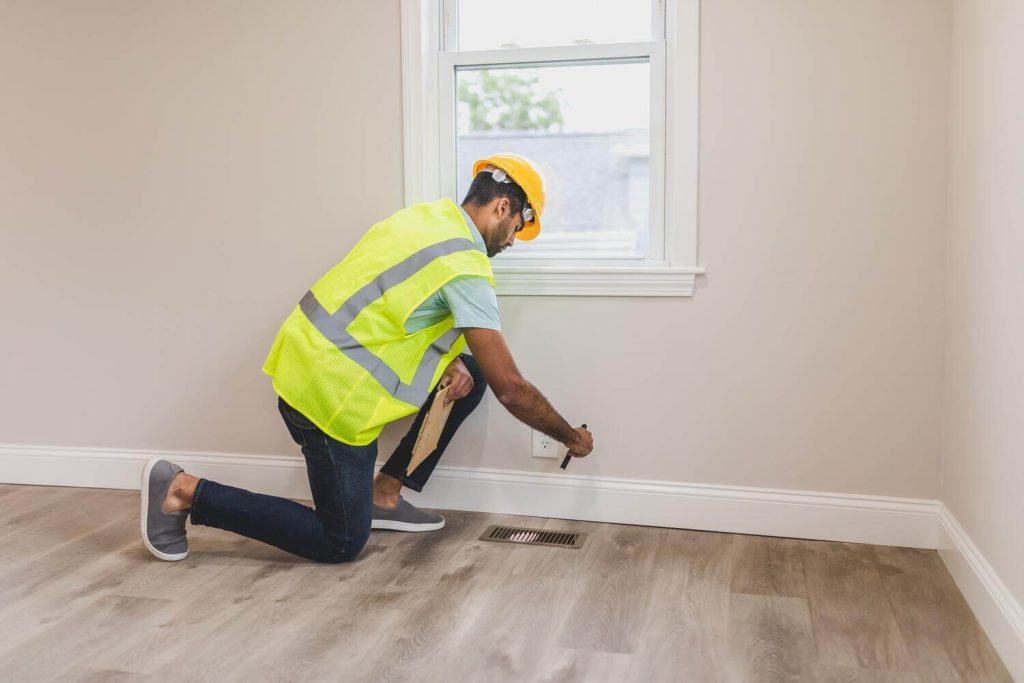
A Final Reminder
Remodeling improves the aesthetics and functionality of your home. However, most people fail to tell you to protect your lawn and interiors during the remodeling project. Also, contact a professional waste disposal company for your construction waste.

